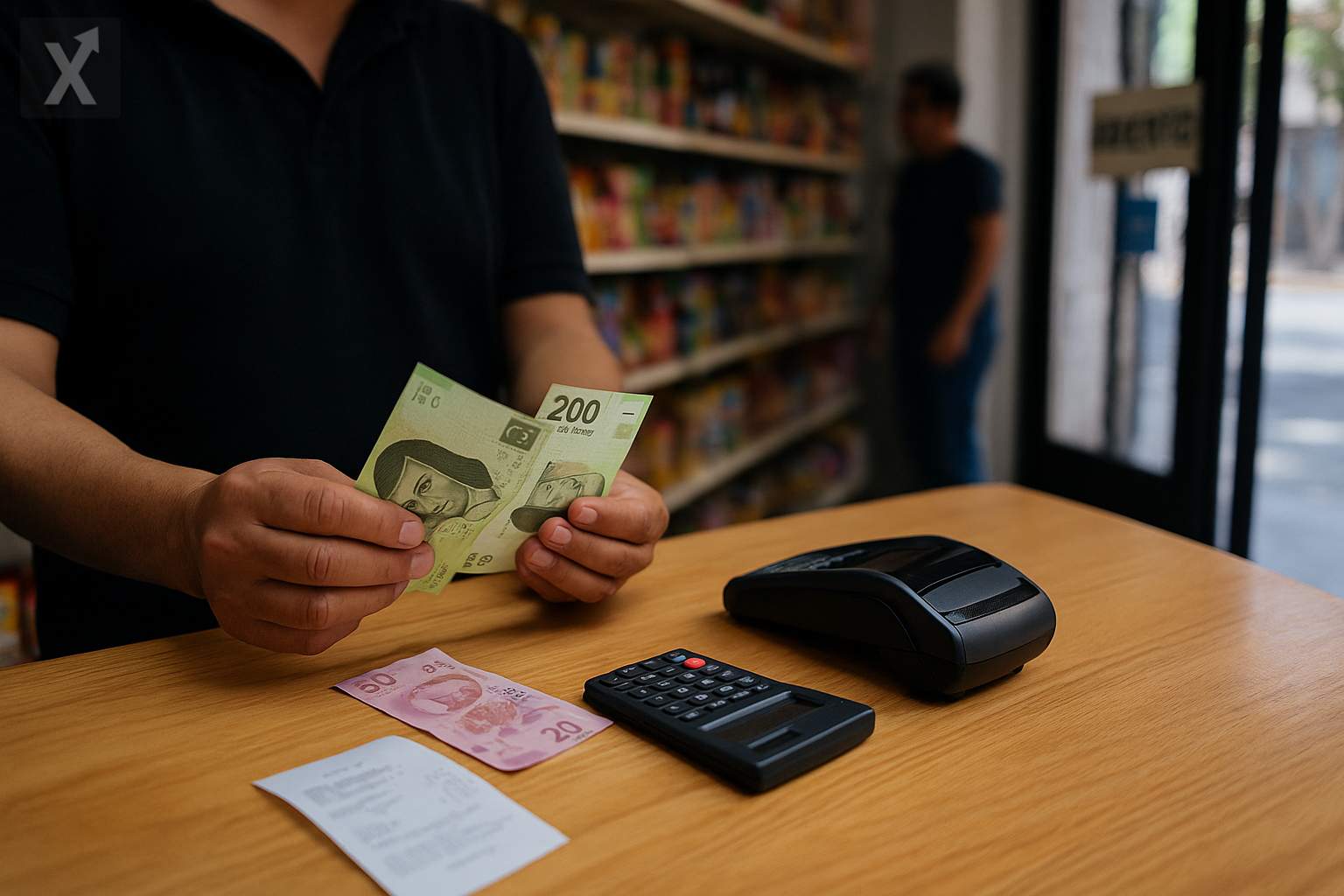Start of the Six-Year Term: Anemic Growth, Resilient Peso, and High Debt Levels

The Mexican economy is navigating the first year of Claudia Sheinbaum’s administration with mixed results: weak aggregate growth and nearly flat per capita, a still-competitive exchange rate, and a fiscal consolidation effort coexisting with high public debt. The international backdrop—marked by slowdowns among key trading partners and trade tensions—and the planned 2026 review of the USMCA add layers of uncertainty to the outlook, where domestic consumption has been the main driver of activity while public investment is being adjusted.
Growth prospects for 2025 reflect this caution. The Ministry of Finance expects expansion of close to 1.0%, supported by consumption and construction in the first half of the year, but with slower momentum later on due to external weakness. In contrast, private sector institutions such as Banamex forecast growth around 0.4% and warn of partial contraction risks after signs of cooling in leading indicators. On a per capita basis, various analysts estimate that Mexico could accumulate several years of stagnation through 2026—a rare streak in recent decades and in line with GDP growth too weak to sustainably lift average incomes.
The Mexican peso has remained one of the best-performing emerging market currencies, appreciating nearly 7% during the first year of the administration and ending September at around 18.3 pesos per US dollar, despite bouts of volatility caused by global uncertainty. Support comes from still-high real interest rates, investment flows tied to the relocation of supply chains to North America, and a perception of relative fiscal discipline. However, market consensus anticipates a gradual normalization of the exchange rate toward 2026, with levels closer to 20 pesos per dollar, matching underlying fundamentals and narrower rate differentials.
On the fiscal front, the government has set out to reduce the deficit—measured by the Public Sector Borrowing Requirements—from about 5.7% of GDP in 2024 to 4.3% in 2025. Even so, debt metrics would remain high: broad net debt (SHRFSP) would hover around 52.3% of GDP and gross debt about 57%. Debt per capita, as estimated by specialists, has risen from about 146,000 to 149,000 pesos in the first year and could reach 151,000 by 2026. This level limits fiscal space and coincides with structural pressures such as pensions, support for state-owned enterprises—particularly Pemex—and commitments to social spending, reopening the debate over the need to strengthen recurring revenues and increase spending efficiency.
The labor market sends mixed signals. The unemployment rate remains near historic lows at around 3%, but labor force participation has declined compared to the previous year and informality exceeds 54% of the workforce. In formal employment, job creation from January to August slowed compared to 2024, with some quarters seeing net job losses. The mass of formal wages continues to support consumption and tax collection, but job quality, productivity, and low density of social security contributions remain central challenges for raising potential growth.
Inflation, which has eased from the peaks of 2022, remains above the Bank of Mexico’s 3% target, keeping monetary policy in restrictive territory. Rate adjustments will be gradual and depend on the behavior of the services sector, labor market resilience, and the impact of external shocks. In this context, the combination of tight monetary policy and ongoing fiscal consolidation underpins macroeconomic stability but also restrains short-term momentum.
Looking ahead, nearshoring offers a chance to boost investment and productivity, as long as bottlenecks are addressed: electricity capacity and transmission, water availability, logistics infrastructure, and regulatory certainty. The 2026 USMCA review—with a potential focus on energy, automotive rules of origin, and labor compliance—will be key for export dynamism. Likewise, Pemex’s trajectory, infrastructure spending execution, and eventual tax reform debates will define the economic policy’s room to maneuver.
In summary, Mexico enters the second year of the administration with financial stability and a still-strong peso, but with moderate growth and high debt levels. The balance of risks tilts to the downside due to external headwinds and internal supply constraints; opportunities, meanwhile, hinge on accelerating public and private investment in strategic sectors, bolstering the rule of law, and anchoring clear long-term regulations.
Final note: The country preserves macroeconomic order and a resilient currency, but the challenge is to turn that stability into higher investment, productivity, and formal employment. Key factors will be executing fiscal consolidation without stifling productive capacity, managing Pemex, and providing investment certainty ahead of the USMCA review.






